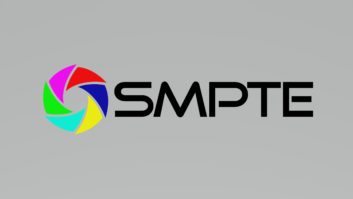
A major sub plot of IBC saw consensus- based standardisation initiatives set against the continuing power and allure of proprietary technology, writes George Jarrett.
We have seen the DVB produce its first 3D standard, the EBU beat the loudness issue, and FIMS and ACES IIF make crucial progress – but proprietary technology can be seen in virtually every aisle of IBC.
Two of the good policemen keeping an eye on this situation are Lieven Vermaele, director of the EBU Technical Department, and Ken Fuller, the president of SMPTE.
“There is a mess, a morass of different and confusing systems and standards,” said Vermaele.
“Open and interoperable standards are super crucial. Super crucial to EBU members, and to the whole world.
“Proprietary standards create situations where our members cannot buy and connect equipment,” he added.
“With the evolution of more and more software-oriented systems – and the evolution of even more complexity in general – it is becoming harder to exchange information and content. But I think the world where we have plenty of proprietary standards will go away, step by step.
“I hope and expect that commonsense will prevail. For me this has been a year of consolidation at IBC, without a real highlight,” Vermaele continued. “We have 3D of course, but that is the next wave of hype and there is still a lot of work to do before we arrive at good 3D.”
Ken Fuller heads the industry’s premier standardisation body, and points out that everything starts out unique. “The proprietary world is necessary at the beginning to help develop and push any new technology. But as that technology evolves, and in order to get widespread utilisation and to optimise the needs of the industry, things have to be opened up – and then moved onto a ratification process,” he said.
“Everyone must be able to take advantage, because the long-term viability of proprietary technology or implementation does not serve the industry well as a whole,” Fuller added.







